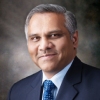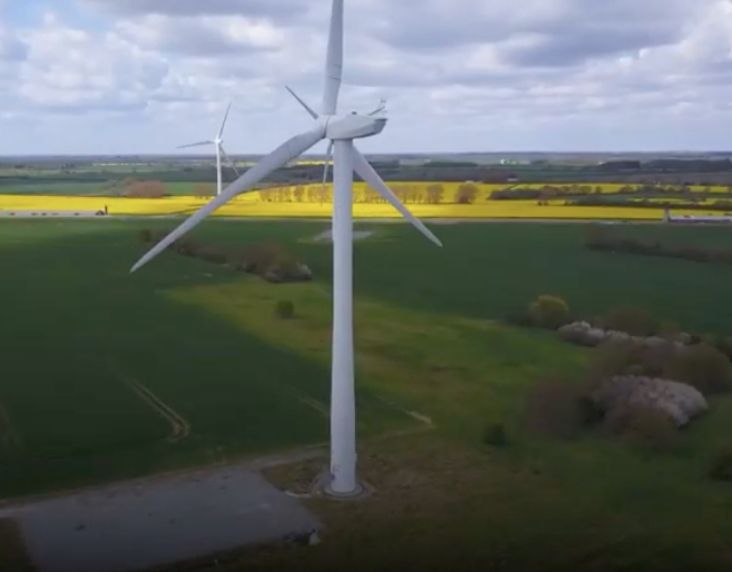Redesigning the Enterprise Operating Model for the Post COVID-19 Era
Countries continue to emerge from and reenter pandemic scenarios almost on a cyclical basis. But an eight-hour drive for the first in- person client visit in fifteen months was probably what I surmised would be the way forward in the World of Work. This was a good enough reason to think broader—what can a company do to be better prepared for the next long drawn black swan scenario? Especially when I couldn’t even be sure if the next scenario would be a pandemic.
Most of our clients too have started to think about a post pandemic era, and have started to ask the question, “How can I be better prepared?”
In my view, prudent enterprises will review their operating model to address the following questions:
- How can I readjust my lead time and inventory policies to enable me to face short term stresses?
- What do I do need to do with respect to all my stakeholders: customers, suppliers, society and employees?
- How can I adjust my organization and facilities to be more resilient, not just to ensure business continuity but also to gain from short tern opportunities that emerge on an ongoing basis?
These can be seen as questions related to three time horizons; the immediate, medium term and long term.
Horizon One: The Immediate
Readjusting Time and Inventory Buffer policies
Supply shortages since the pandemic hit led to many pundits declaring the end of ‘just in time’. There have been se rious introspections within various supply chain functions on ongoing shortages of critical components like chips and subsequent production losses. These functions have always had the difficult task of balancing cost minimization while carrying inventory and meeting customer deadlines. The task becomes even more complicated when one has to factor in risks, especially one- off risks like what we saw with the pandemic.
Irrespective of the sector, companies have become more aware of these risks and their consequences from a supply chain perspective. This has led to a full-fledged review of the entire supply chain, in many cases going one or two levels below the Tier 1 suppliers. Firms are also reviewing their policies on time as well as their inventory buffers, mostly to isolate themselves from the external environment.
While some of the initial reactions were forced, we now see firms undertaking systematic risk assessments to identify changes in inventory: Who are the critical customers to serve? How much risk is acceptable to them? Forward thinking firms are using the output of such assessments to drive alternate location sourcing decisions.
Contractual agreements with both suppliers and customer is another aspect that is being actively reviewed across many organizations. When it comes to customers, firms are pre- planning decisions on diverting scarce products and deciding sequences for prioritizing. Active conversations with suppliers are around understanding the supplier’s decision making criteria, adding wording into contracts around prioritization of supplies.
Horizon Two: Medium Team
Failure Proofing the Operating Model
While adjusting inventory policies is a quick response to the way companies operate, firms are well advised to review and adjust their operating model from a business resilience perspective. This typically is an action that takes some time to complete.
Historically, economics was the predominant reason that drove operating model decisions and activities – typically activities were moved to locations that provided the best availability or cost. Risk and points of failure were probably not majorly considered in location decisions. Business continuity planners were tasked with building business continuity plans that looked at existing operations and plan for contingencies.
The pandemic has highlighted why business continuity planning needs to include analysis of risks and scenarios in location decisions. Organizations need to use a multi-pronged approach to eliminate or reduce points of failure from an operating model perspective. It is relatively easier to make adjustments on knowledge or information work. Locations of facilities like contact centers, shared services, research and development, or business processing outsourcing center can be analyzed for risk and decisions on avoiding location concentrations taken. Manufacturing and other production facilities on the other hand, require longer term commitments. Companies may utilize a medium or a long-term perspective in deciding these locations in a manner that minimizes risks.
Moreover, this crisis has also brought about the need for firms to think beyond business and towards how they can make a difference across stakeholders, communities, and the larger society.
Horizon Three : Long Term
Facility Multi-Purpose-ing
In most contexts, there will be increasingly surge in demand for certain products. Firms have an opportunity to build flexible manufacturing distribution facilities to offer ‘situational’ products required by customers, leading to growth. Due to sudden changes in demand, facilities can be purposed for multiple use by producing multiple types of products or produce auxiliary products, which may have a sudden need to a specific point of time. This is an interesting proposition to consider. For example, a number of auto companies are pivoting to produce ventilators, and chemical companies are starting production on disinfectants.
Regardless of the outcome, we must be prepared for multiple scenarios in advance rather than wait for another crisis to hit us. We need to be agile enough to modify our operating model in way that accommodates our ability to recover and rebuild no matter the circumstance.
Acknowledgement
The author acknowledges to support of Asha Latha Dova in preparing this note.
About the author
Habeeb Mahaboob is a Managing Consultant and Senior Vice President with BE., the Consulting and Management Services Division of Tech Mahindra. Habeeb brings expertise in working with business to articulate the impact of digital technologies (through top down analysis of the firm from an industry, market and end customer perspective or through facilitated design thinking based workshops) and in working with client teams to conceptualize new operating models to achieve digital goals. Habeeb has worked closely with multiple clients to effectively lead the digital agenda of their respective firms.





